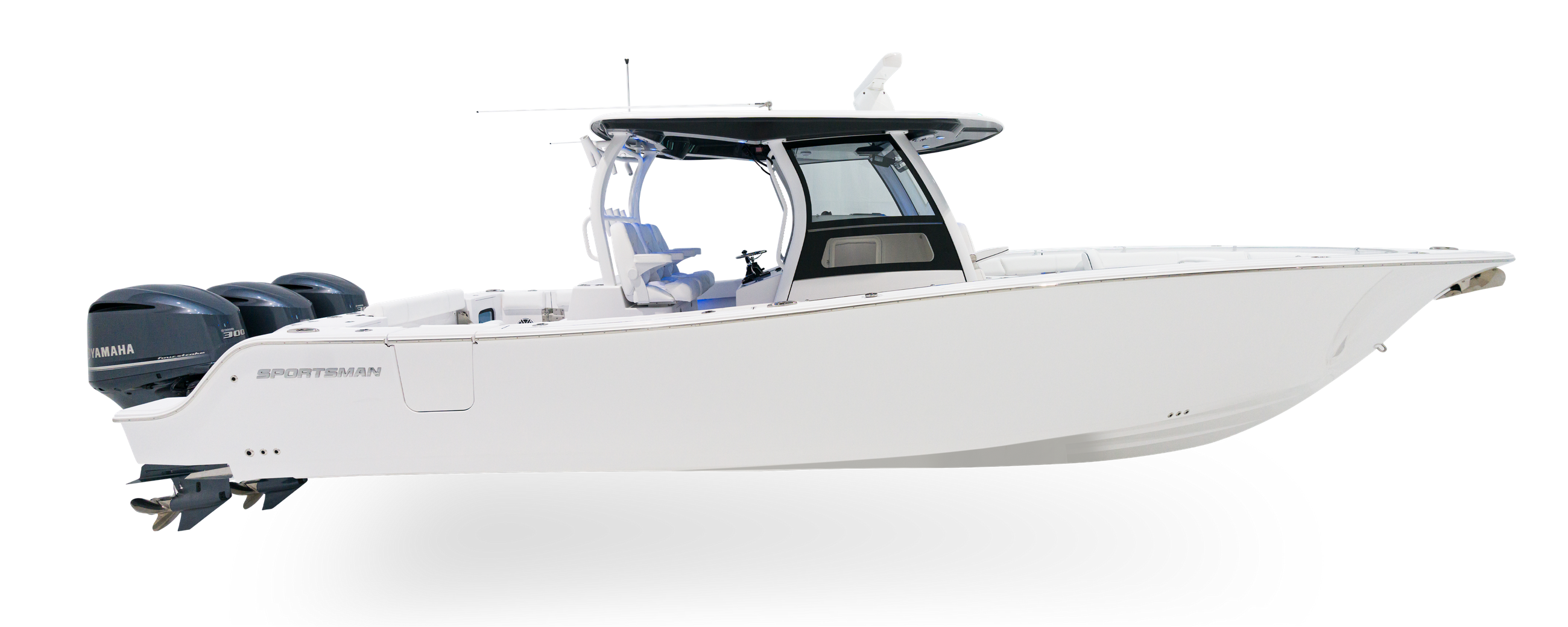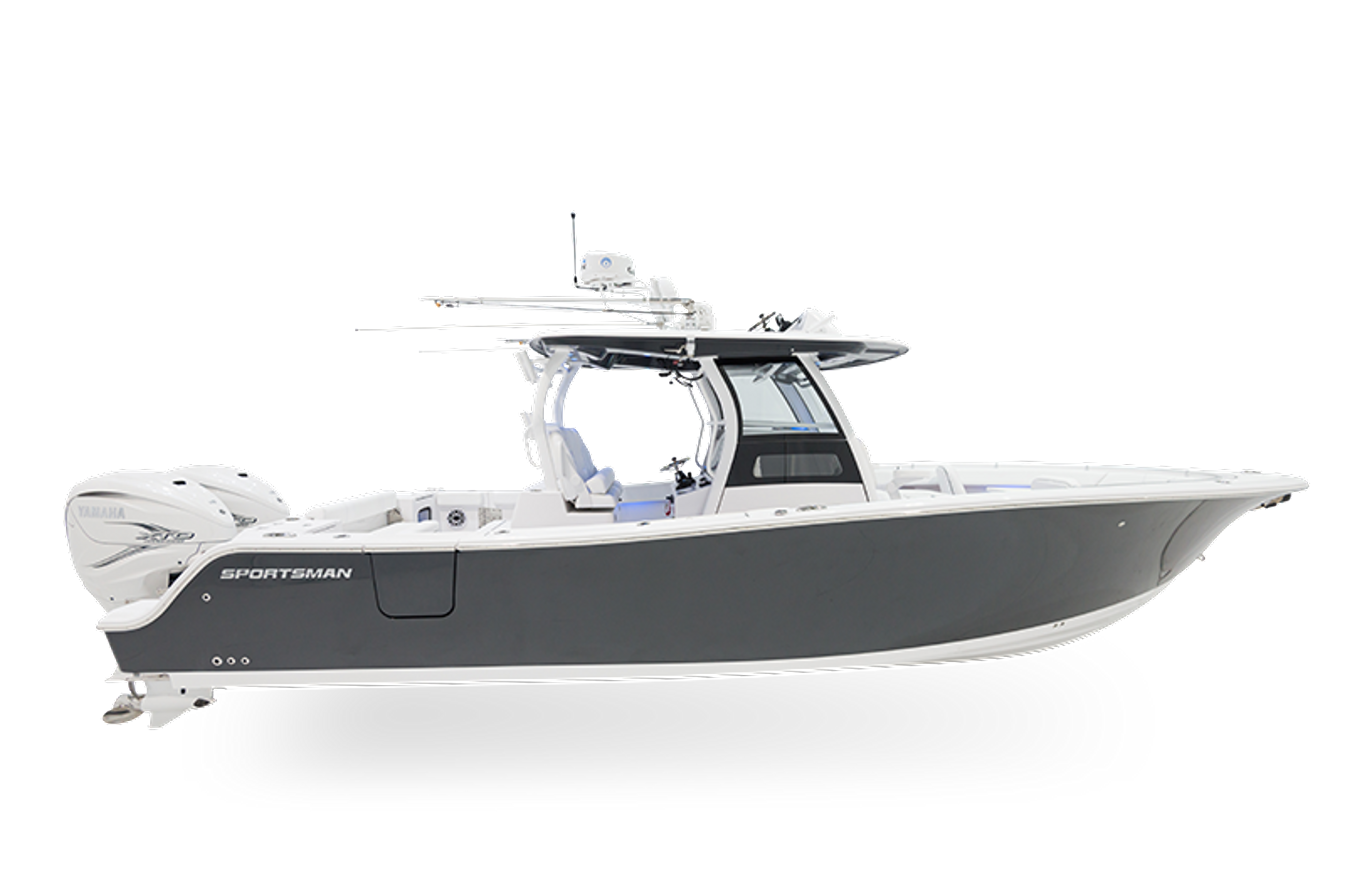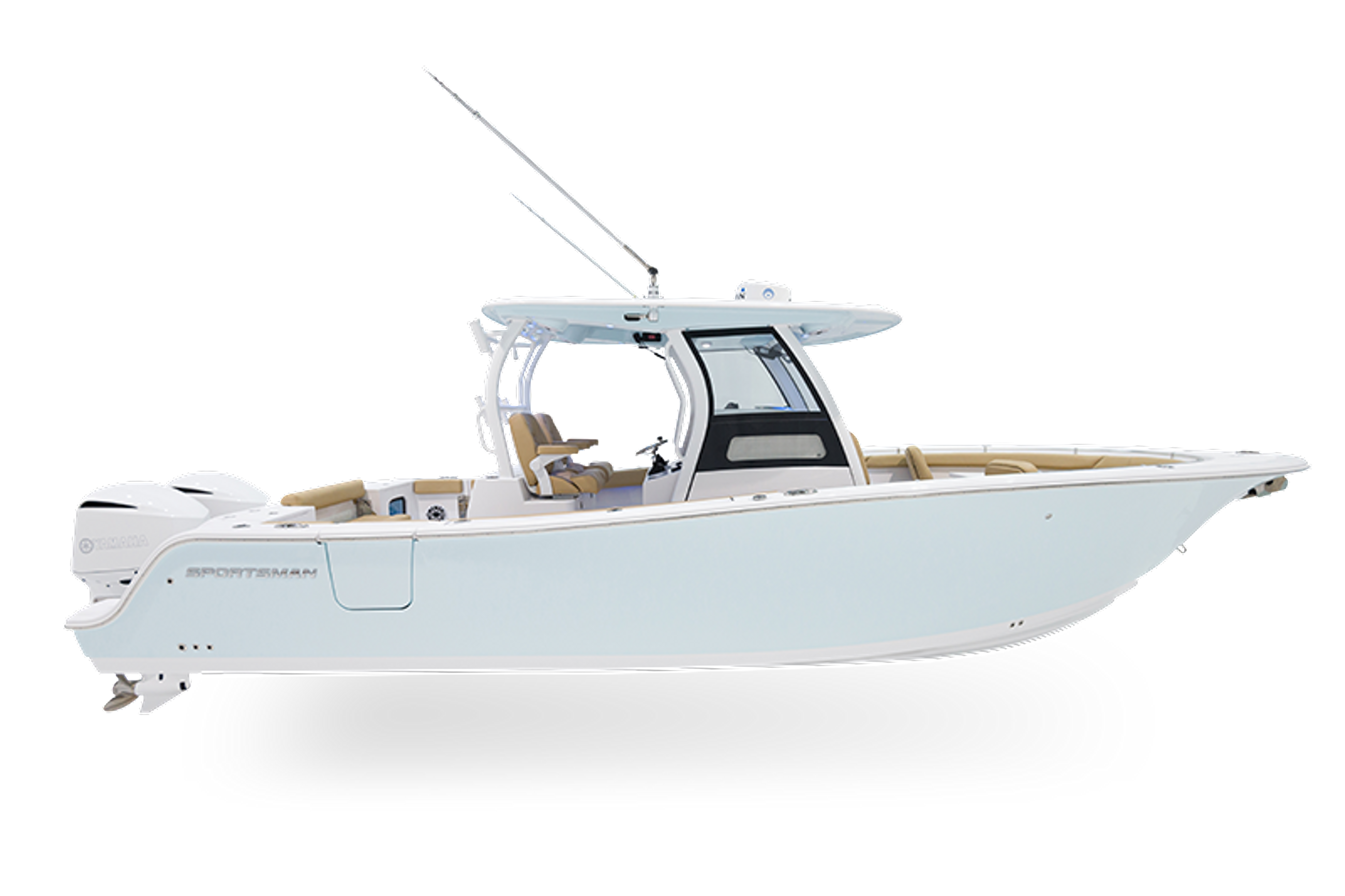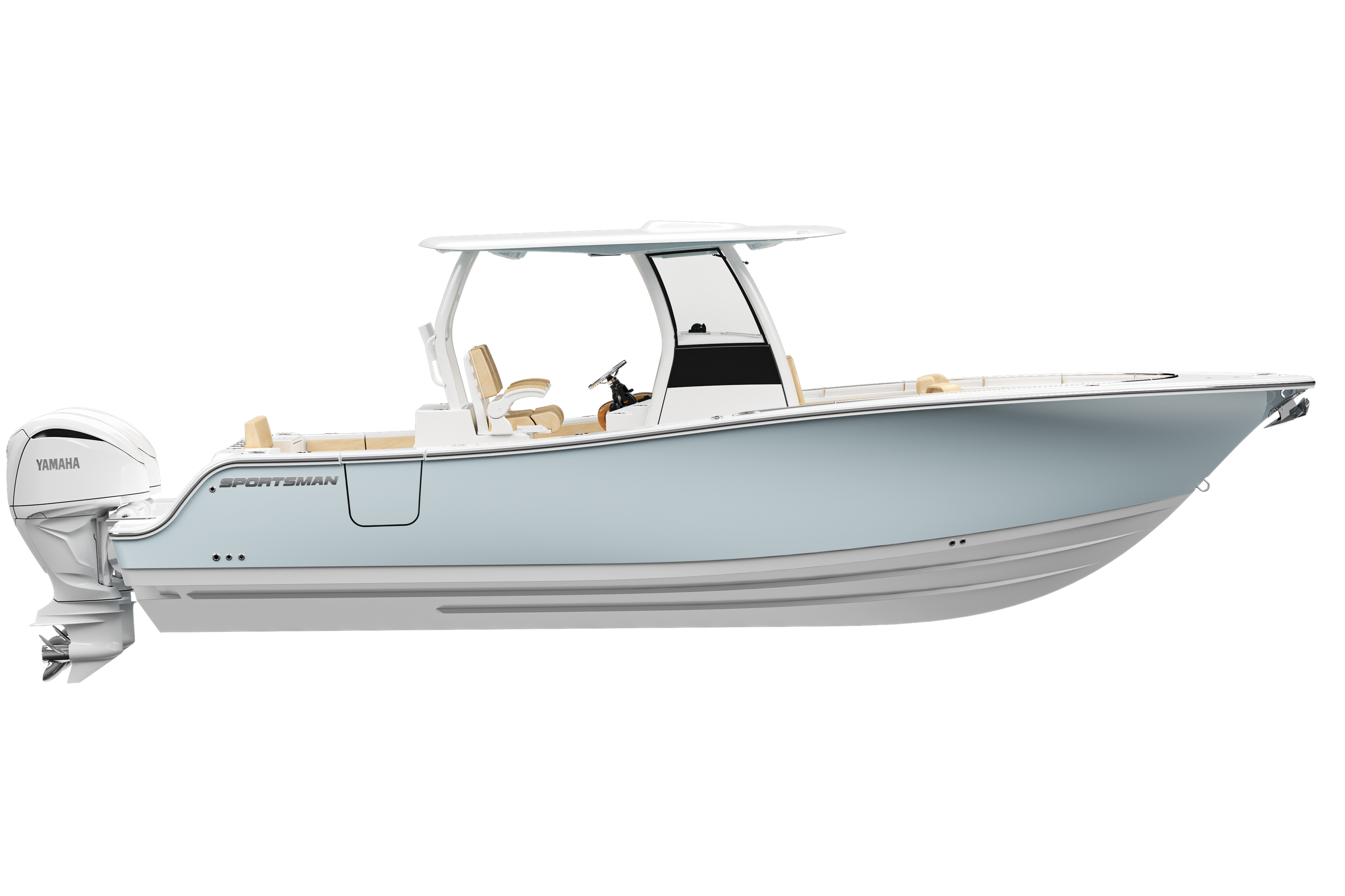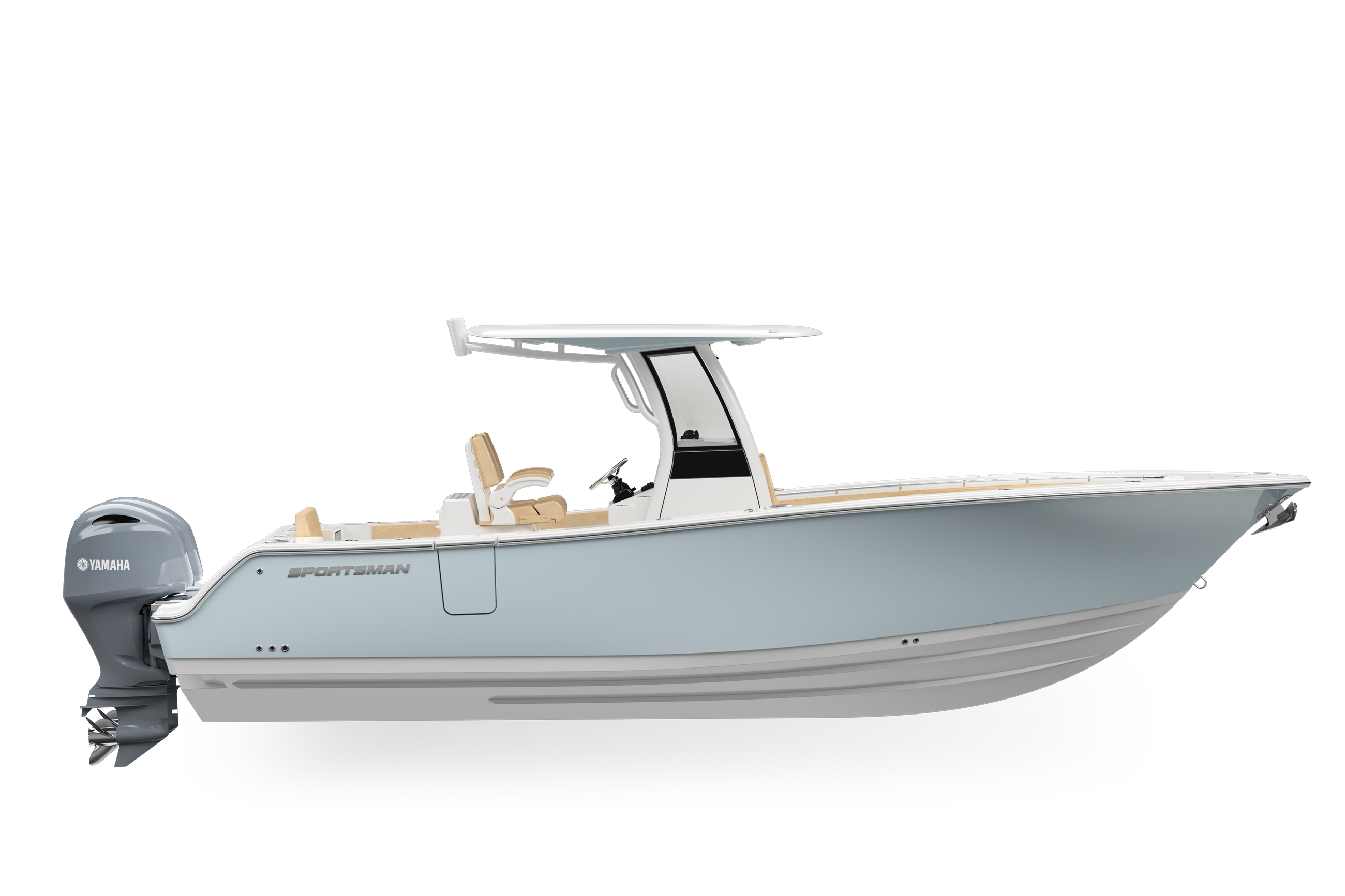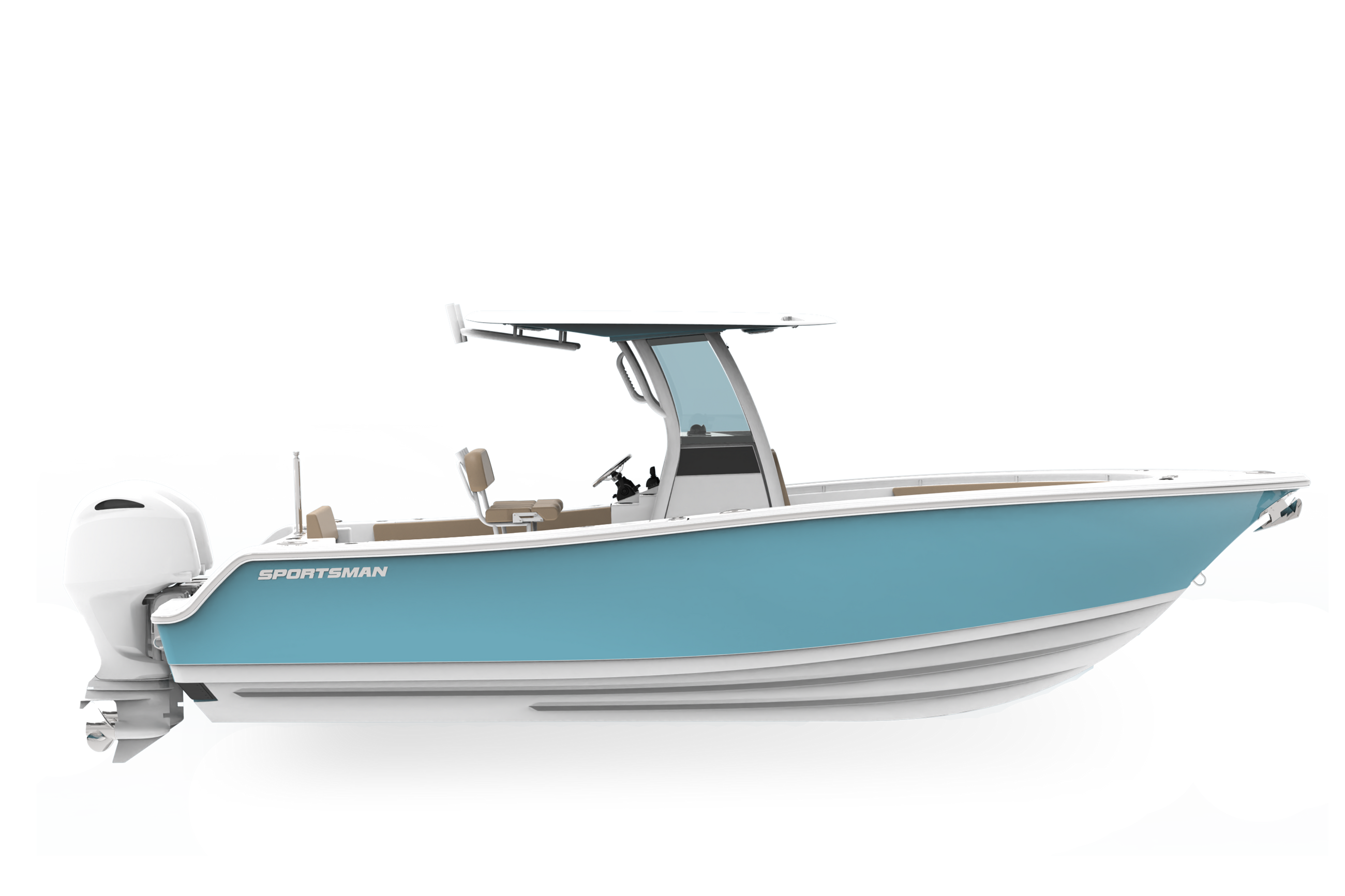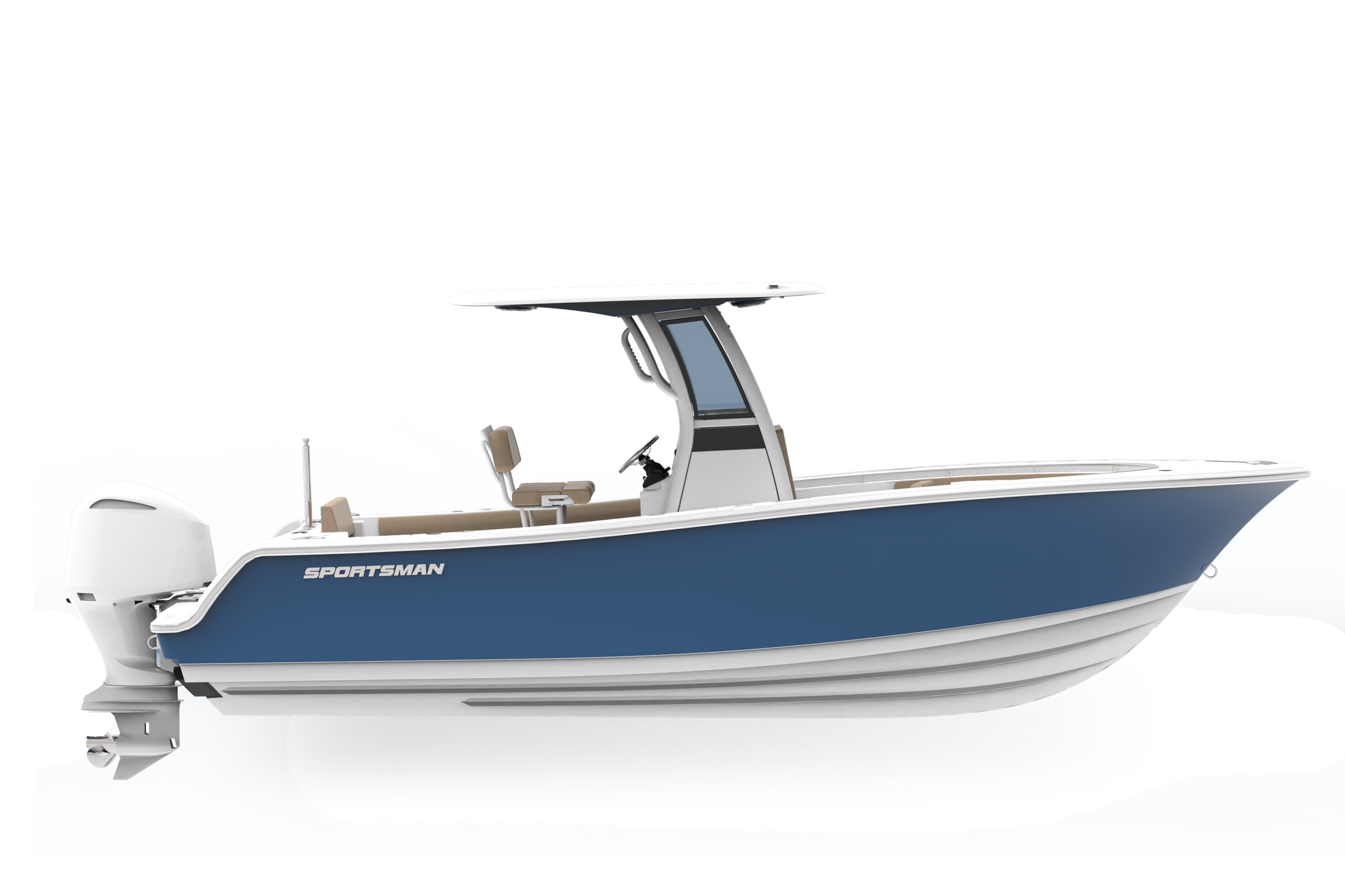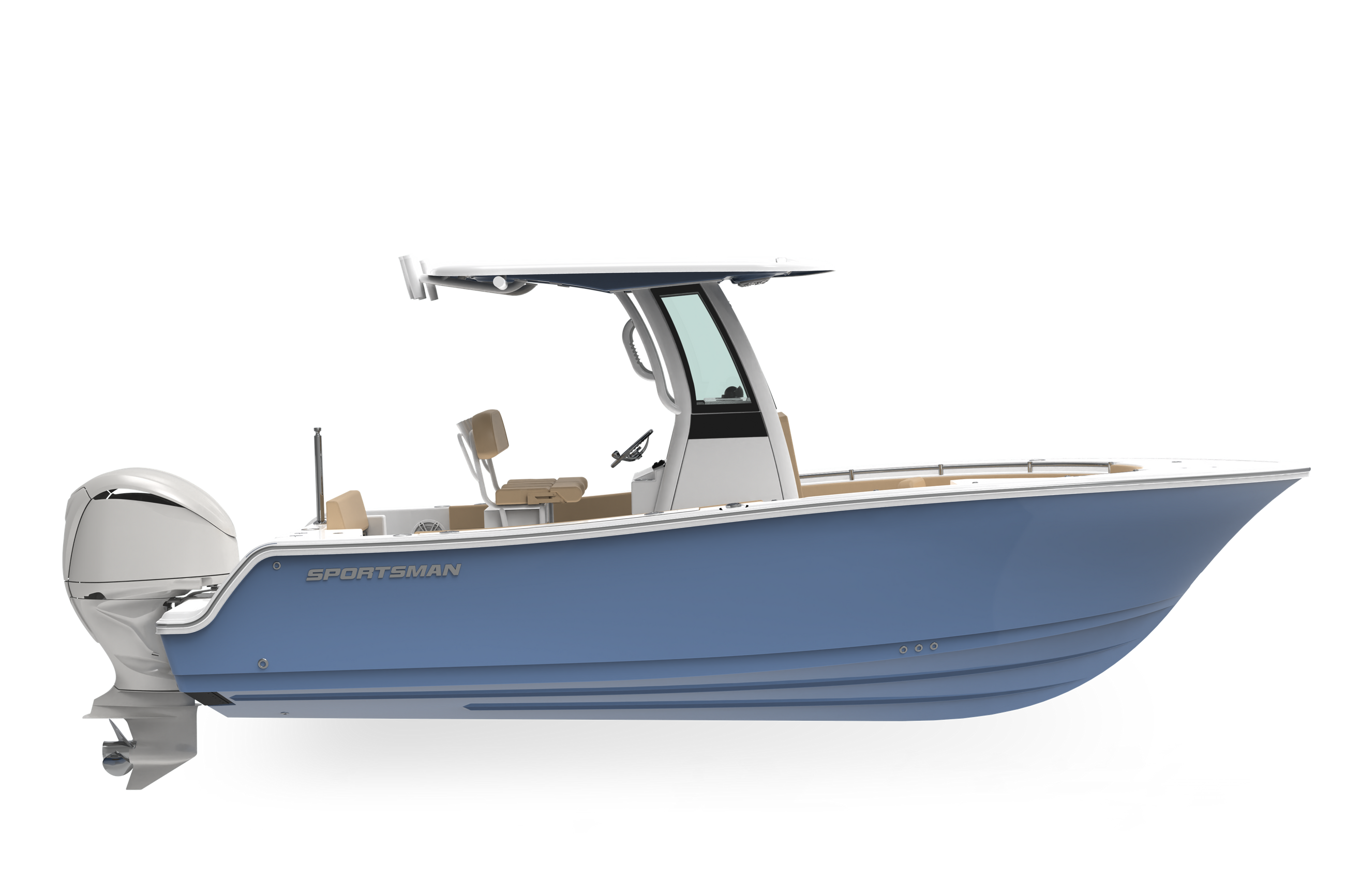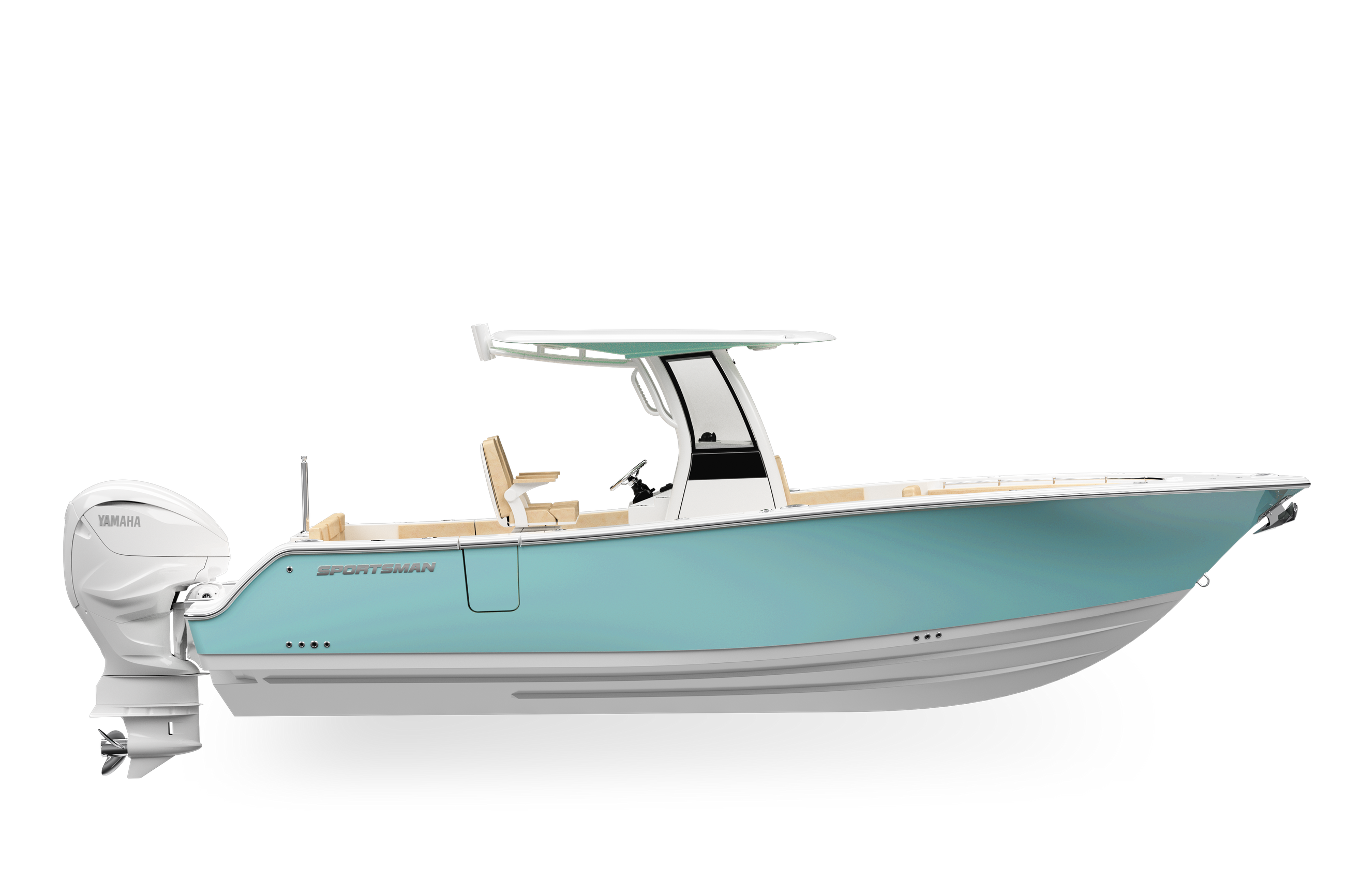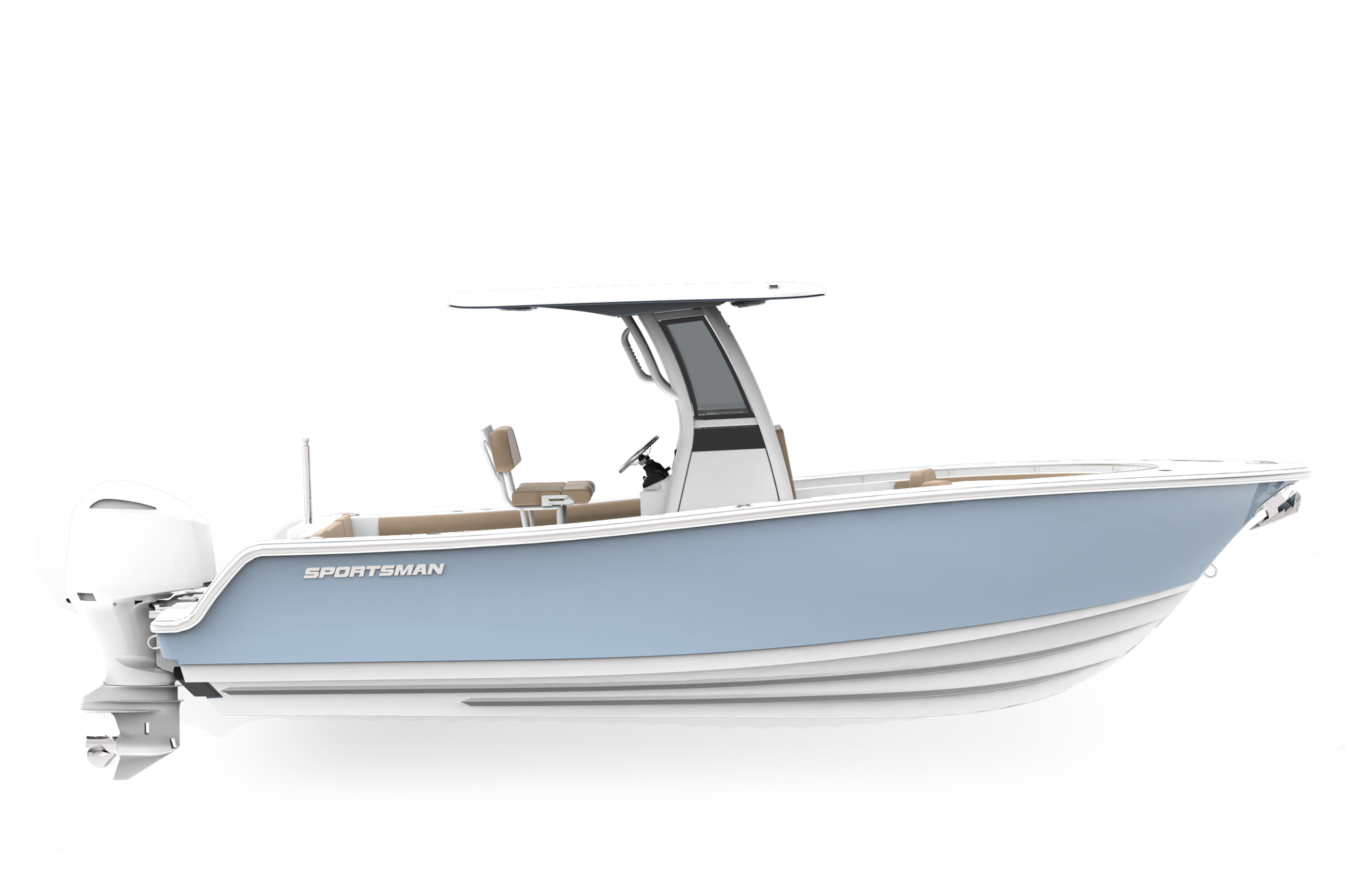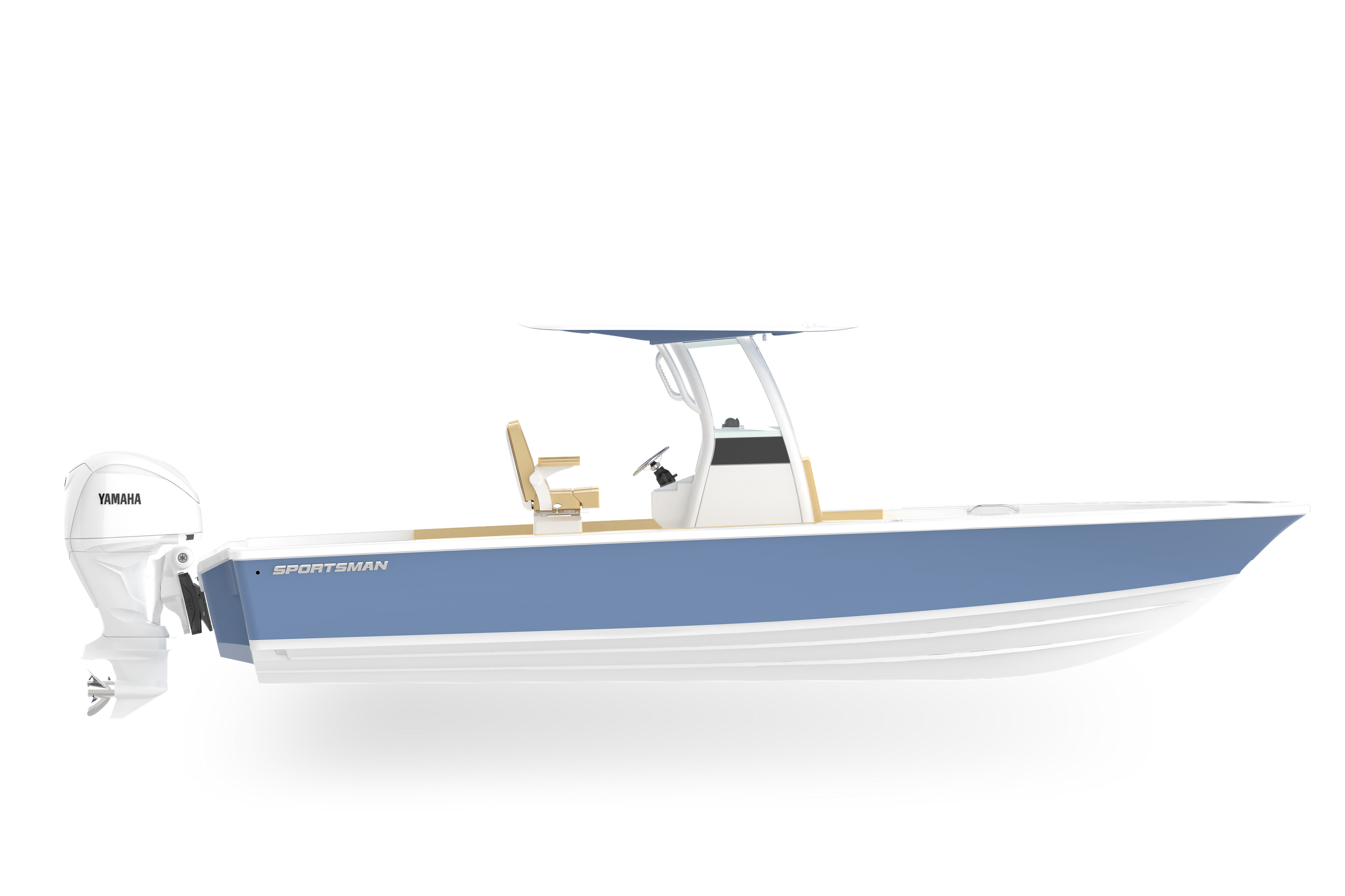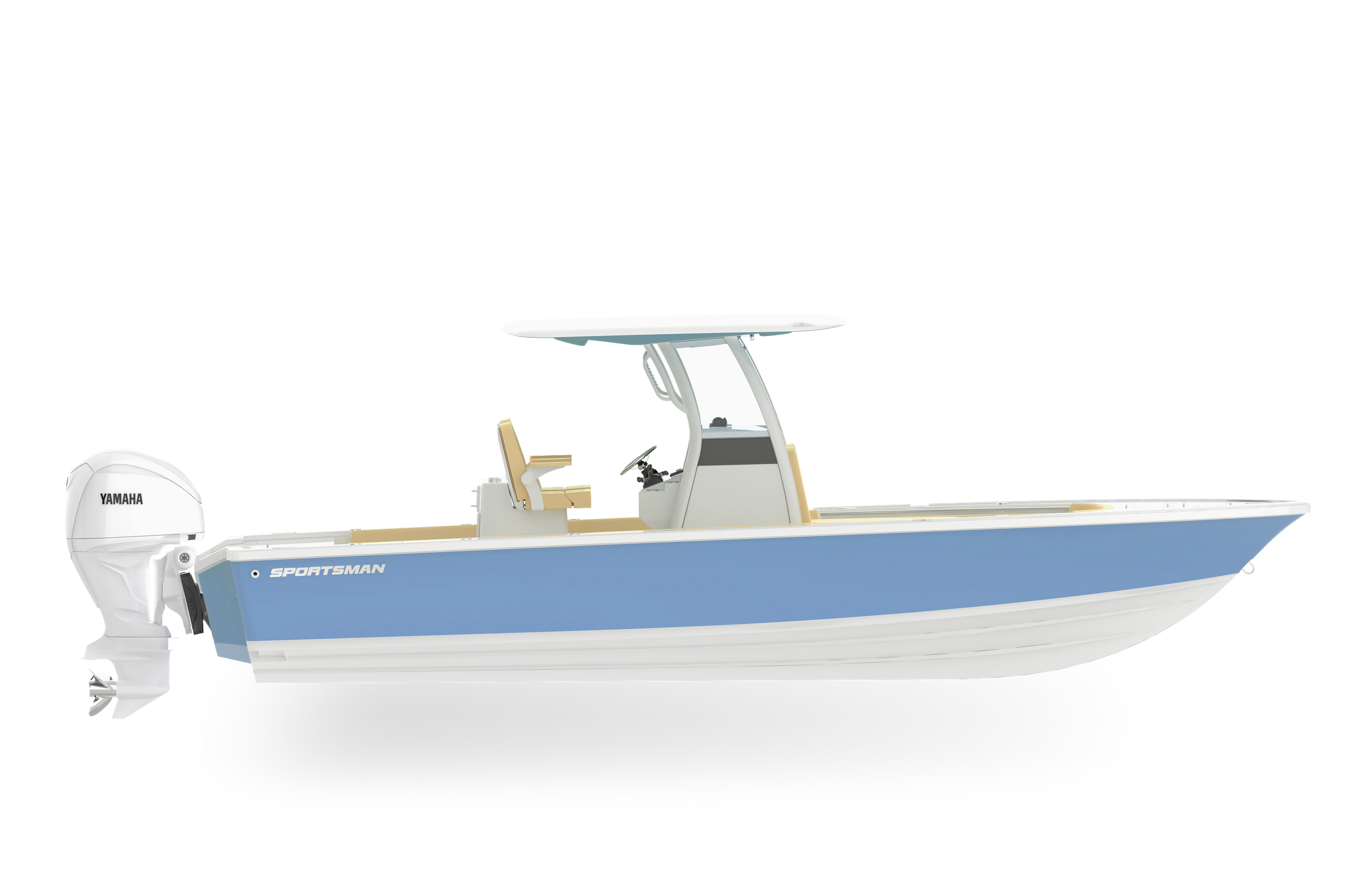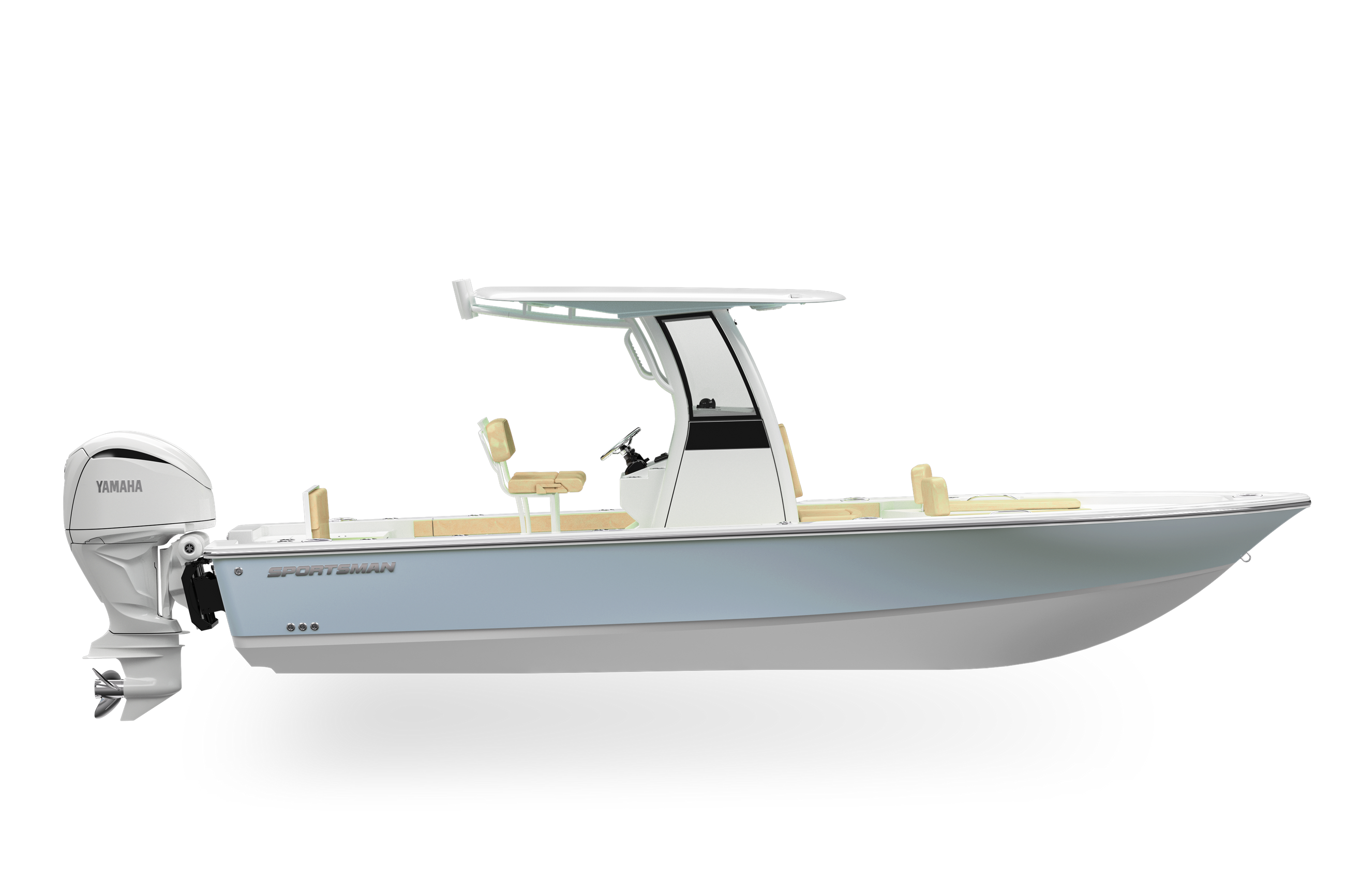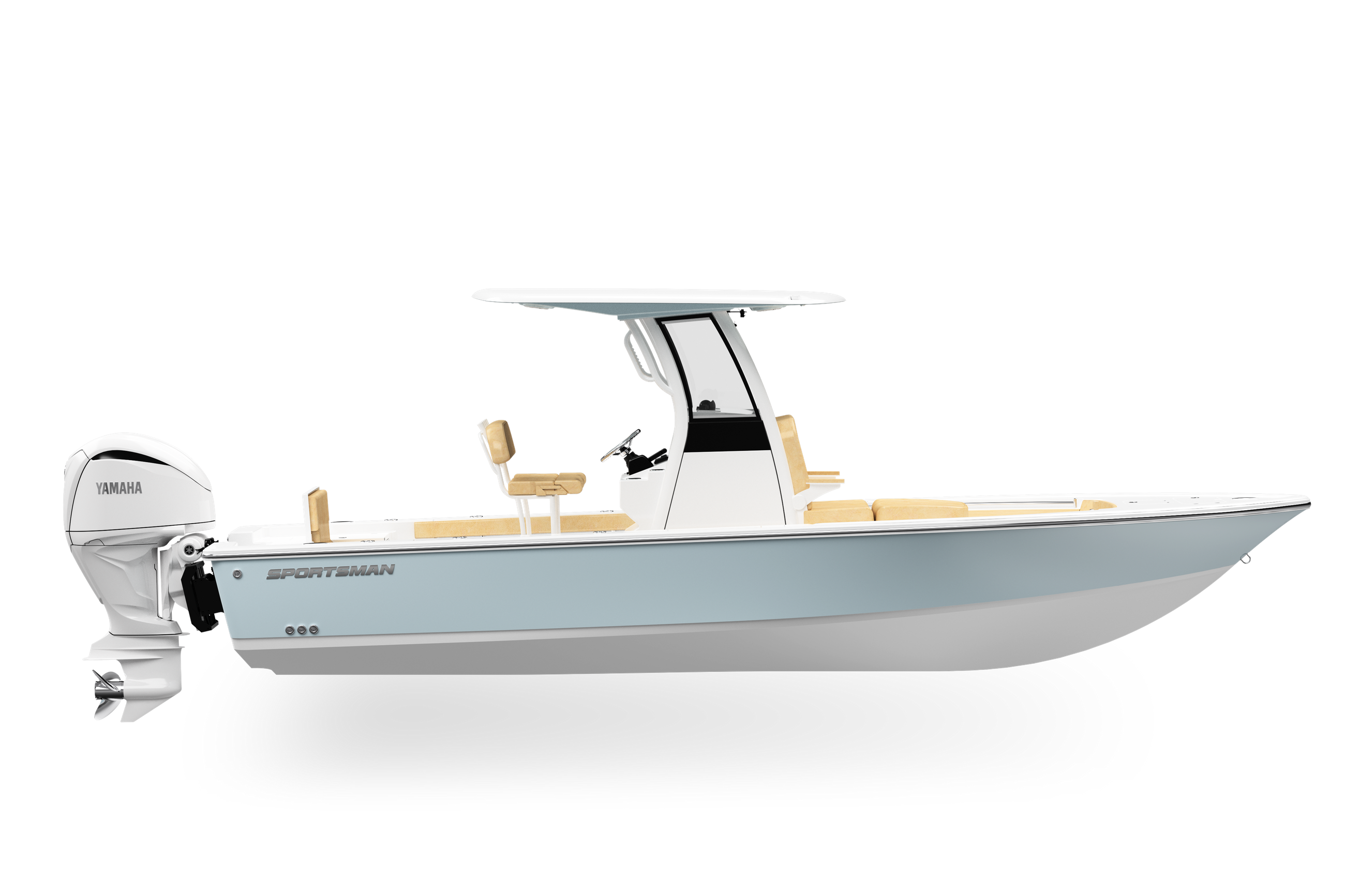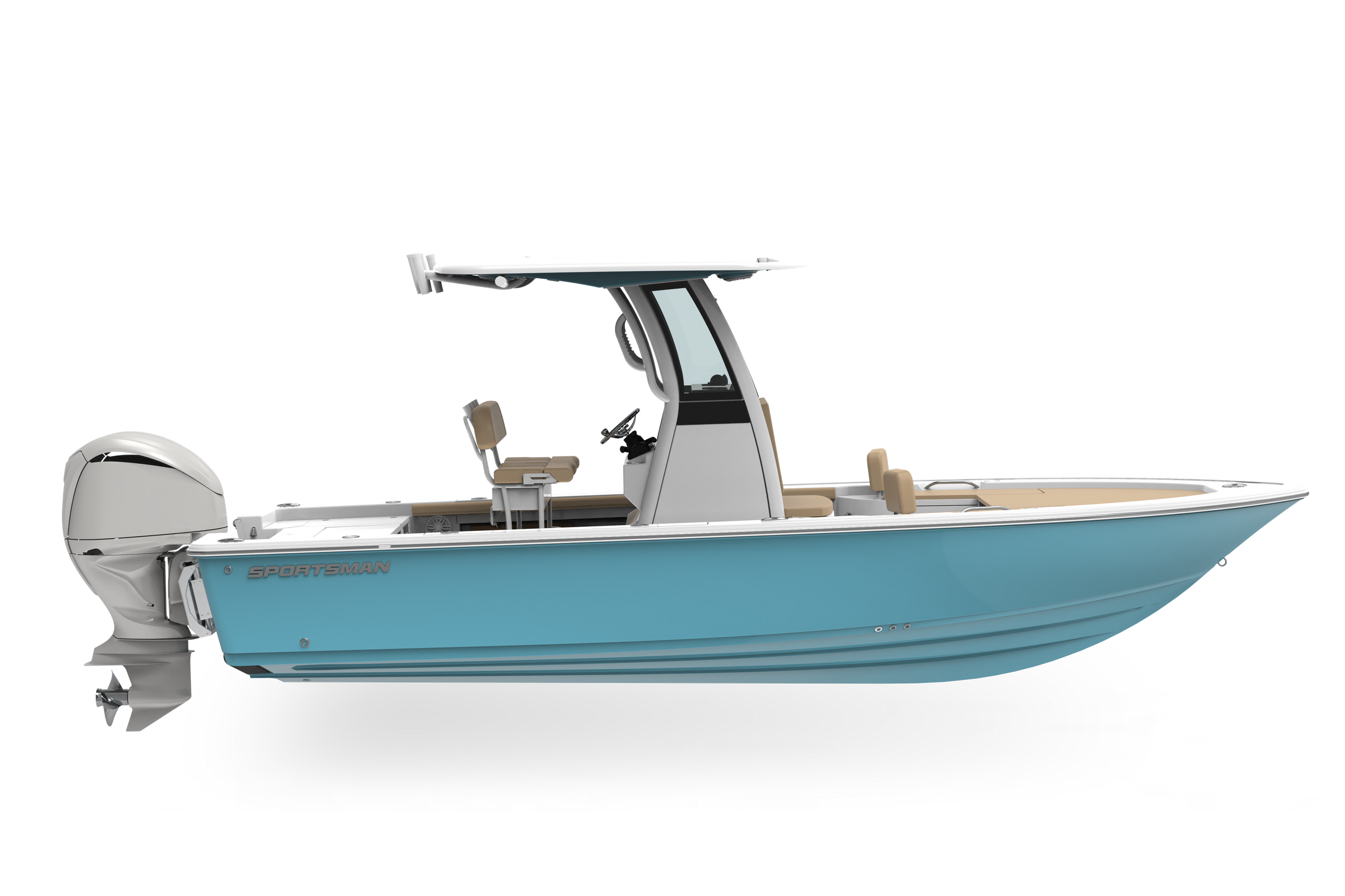Choosing The Right Marine Camera: Sionyx vs FLIR
Navigating at night can be intimidating, but with the right tools and knowledge, it becomes a seamless experience. From advanced GPS systems and radar to innovative marine cameras like Sionyx’s digital night vision and FLIR’s thermal imaging, this blog explores the best technologies to enhance visibility after dark. Learn how to choose the ideal equipment for your boating needs and stay safe on the water, no matter the conditions.
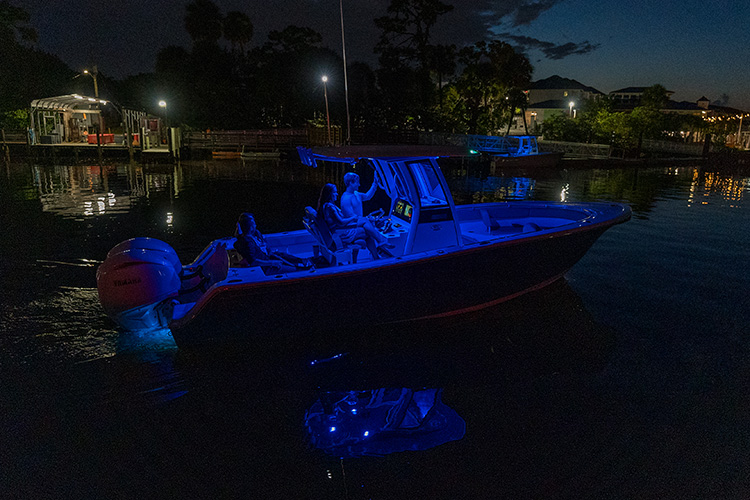
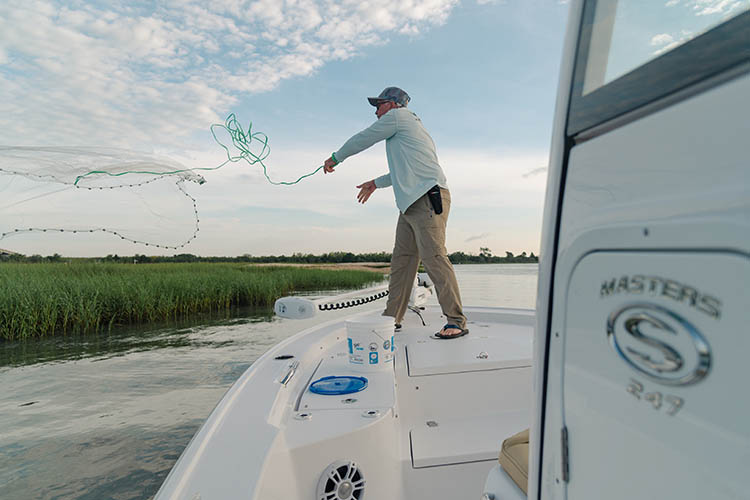
In the summer, we hang bright bug zappers above our porch to keep the bugs away while enjoying a nice evening outside. We laugh and wonder, "Why do they just fly right into it? Why are they so attracted to the light?" Though when the sun drops below the horizon, we also gravitate toward the light, we as humans are uncomfortable when we are unable to see. It's for this reason that once the sun sets on the water, traffic nearly dies, and everyone's made their way safely back to their docks with boats stowed until sunup.
Navigation at night doesn't have to be a feared concept for those who will educate themselves on nighttime navigation and invest in equipment to enhance their visibility. As technology has advanced, it's made nighttime navigation much easier for all boaters. The use of GPS screens like the Garmin 1243XSV, standard on all Sportsman models under 25 feet, adds a visual reference for your surroundings. Pair that with a radar like the Garmin Fantom Radome, and now you'll have radar detecting objects all around you and showcasing them on your screen. These items, among lights like docking lights which won't blind other navigators but will reflect off channel markers, making them easy to see, are great tools for nighttime navigating; however, there are other tools to make your time navigating after dark even easier.
Marine cameras are an invaluable tool for nighttime or low-light navigation scenarios. When it comes to cameras there are two leading technologies—Sionyx’s digital night vision and FLIR’s thermal imaging—each offers distinct benefits. But which one is right for you?
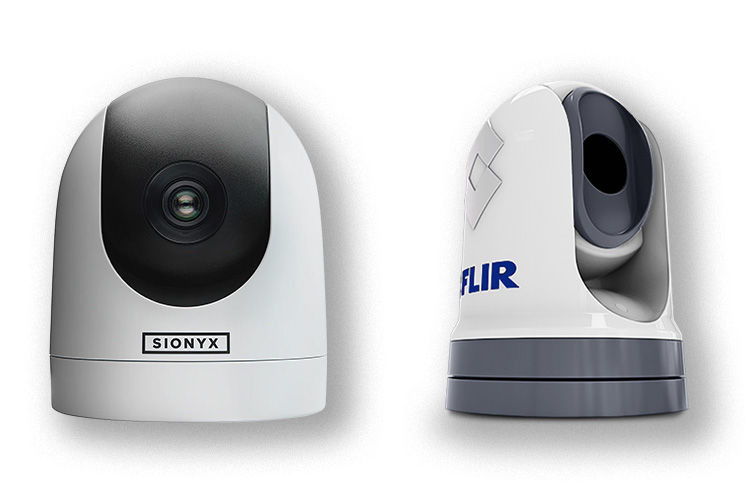
The Sionyx marine camera leverages advanced digital night vision powered by a highly sensitive CMOS sensor, enabling it to amplify low-light environments and capture vivid, full-color images, even in near-total darkness. Designed for boating activities, it performs exceptionally well under starlit skies or moonlight, providing clear details for navigation and general use in low-light conditions.
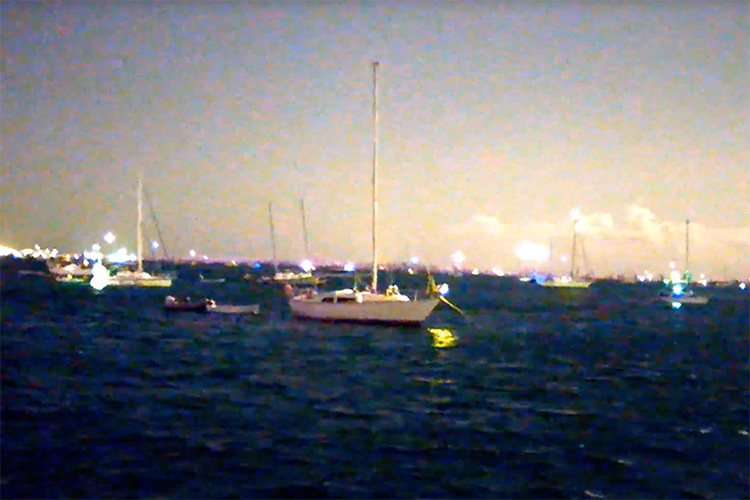
With its ability to deliver detailed, color-rich visuals, the Sionyx makes it easy to distinguish shapes, colors, and movement in environments with some ambient light, such as faint artificial lighting or natural starlight. This makes it an excellent choice for recreational boaters and anglers who need clear, reliable visuals for navigating or spotting vessels, buoys, or landmarks.
Beyond its performance, the Sionyx is a budget-friendly option with low power consumption, making it ideal for those seeking affordability without sacrificing quality. However, it does rely on ambient light, so its performance may be less effective in extreme conditions like fog, heavy rain, or complete darkness.
FLIR cameras utilize thermal imaging technology to detect infrared radiation, or heat, emitted by objects, forming images based on temperature differences. Unlike traditional cameras, FLIR excels in total darkness, dense fog, rain, or smoke, allowing users to “see” through challenging conditions by identifying heat signatures from people, animals, or engines.
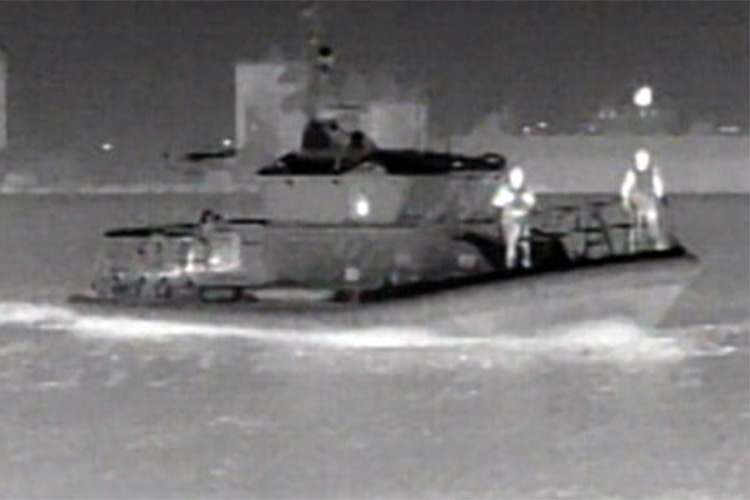
This ability to detect heat, rather than visible light, makes FLIR cameras highly effective for identifying objects or individuals in low-visibility situations. Whether locating a person in the water, spotting a vessel’s engine, or navigating through dense weather, FLIR provides reliable performance in scenarios where other technologies may struggle.
For mariners operating in difficult weather or low-light conditions, FLIR is an indispensable tool. It enhances safety by helping users avoid collisions, perform search and rescue operations, or detect potential hazards. While FLIR cameras are more expensive and consume more power, their unmatched ability to navigate through the toughest environments makes them a valuable asset for professionals and safety-conscious boaters alike.
Some additional considerations to make when looking into marine cameras are weather adaptability, cost, and power consumption. Each of these may affect your buying decisions in different ways. Here's a breakdown of each category to help simplify your decision.
Weather Adaptability
• Sionyx: Performs exceptionally well in low-light environments but struggles in adverse weather like fog or heavy rain, as it depends on ambient light to function properly.
• FLIR: Excels in all weather conditions, including fog, rain, and smoke. Its heat-sensing technology allows it to perform reliably even in the harshest environments, making it perfect for unpredictable maritime conditions.
Cost Considerations
• Sionyx: The Sionyx camera is more affordable, making it accessible for recreational boaters looking for effective night vision on a budget. Its lower price point doesn’t mean it lacks performance, but it’s best suited for situations where ambient light is present.
• FLIR: Typically more expensive due to its advanced thermal imaging capabilities, the FLIR camera is a higher investment but provides professional-grade functionality. For those who need a more robust and versatile tool, FLIR is well worth the price.
Power Consumption
• Sionyx: One of the key advantages of the Sionyx camera is its lower power consumption, making it ideal for smaller vessels or longer outings where conserving energy is a priority.
• FLIR: Due to the complexity of its thermal imaging components, FLIR requires slightly more power to operate. While this is something to consider, its performance in challenging conditions makes it a reliable choice for longer missions or safety-critical operations.
So which camera should you choose? The best marine camera for you obviously depends on your needs. Sionyx is great if you primarily need detailed, color-rich visuals for low-light navigation and want an affordable, energy-efficient solution. It’s perfect for recreational boaters or anglers who want to enhance their night-time experience without a major investment. Though things change if you need reliable performance in total darkness, fog, or severe weather conditions. FLIR is ideal for professional mariners, rescue operations, or anyone who values safety and situational awareness above all else.
In the end, both cameras bring unique benefits to the table. The decision is simple: prioritize Sionyx for budget-friendly, color imaging in clear, low-light conditions or go with FLIR for top-tier safety and visibility in any weather or light condition. Happy boating!
